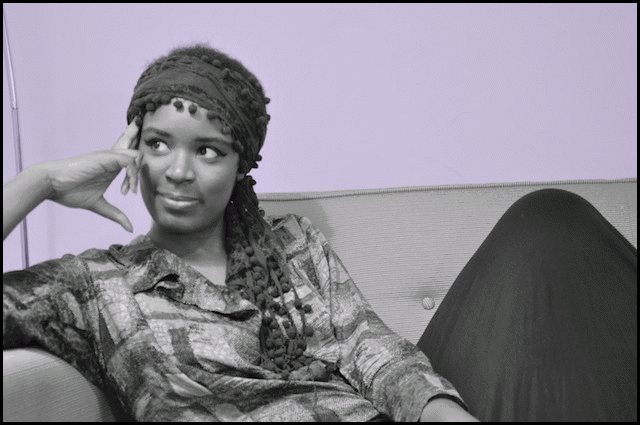Magazine Writing 2012
Sid Holt, Editor
(Columbia University Press)

Like some of the newcomers, for these are all 'old-guard' magazines that have been around forever, and they certainly need no help from this 500-page volume. A list at the end of the book, "Best Writing 300 or so National Magazine Awards Judges" confirms that these who are already there at the top of the magazine heap scarcely award prizes to their younger peers who not up there alongside them.
Where, we ask, are the magazines that are truly new --- those that are trying to change the whole concept of "magazine" from the hoary ones we have known forever --- the mind-benders experimenting with sound, sight, format, layout ... rethinking the whole experience of reading with a light and tension that flows from the world of the internet. Where are the true avant-garde of today?
There are for instance three who should have been given space --- or at least acknowledged at the end of this volume --- but who were, perhaps because of their very newness, richness of purpose, and defiance of the old fusties, were ignored.
For instance, there is Uzoamaka Maduka's The American Reader. It was introduced in an article at Vice Magazine as "The American Reader Is the New Paris Review."
The article then went on to report,
- The New York literary world is a fetid, putrid swamp, cloistered off from the rest
of America, as inbred as the Hapsburg Empire in the 19th century. Wesleyan grads
move to the City and whore themselves out to one another with reckless abandon --- trading
essay publications for book blurbs, three-month relationships for editorial assistant
jobs, artisanal cocktails traded for regurgitated opinions about Zadie Smith and the new
Bola novel. Exchange, commoditize, exchange, that's the name of the game. It's a
small world (everyone knows everyone) so if you have anything negative to say about
anybody's work, make sure it's just muttered gossip with your friends at the
bar.
Then there's Triple Canopy, which describes itself as "an online magazine, workspace, and platform for editorial and curatorial activities. Working collaboratively with writers, artists, and researchers, Triple Canopy facilitates projects that engage the Internet's specific characteristics as a public forum and as a medium, one with its own evolving practices of reading and viewing, economies of attention, and modes of interaction. In doing so, Triple Canopy is charting an expanded field of publication, drawing on the history of print culture while acting as a hub for the exploration of emerging forms and the public spaces constituted around them."
Finally, there's The New Inquiry, which suggests, in its home page,
- [This]is a space for discussion that aspires to
enrich cultural and public life by putting all available resources --- both digital and
material --- toward the promotion and exploration of ideas.
The New York Times called it "a scrappy online journal and
roving clubhouse that functions as an Intellectuals Anonymous of sorts for desperate
members of the city's literary underclass barred from the publishing establishment.
Fueled by B.Y.O.B. bourbon, impressive degrees and the angst that comes with being young
and unmoored, members spend their hours filling the air with talk of Edmund Wilson and
poststructuralism."